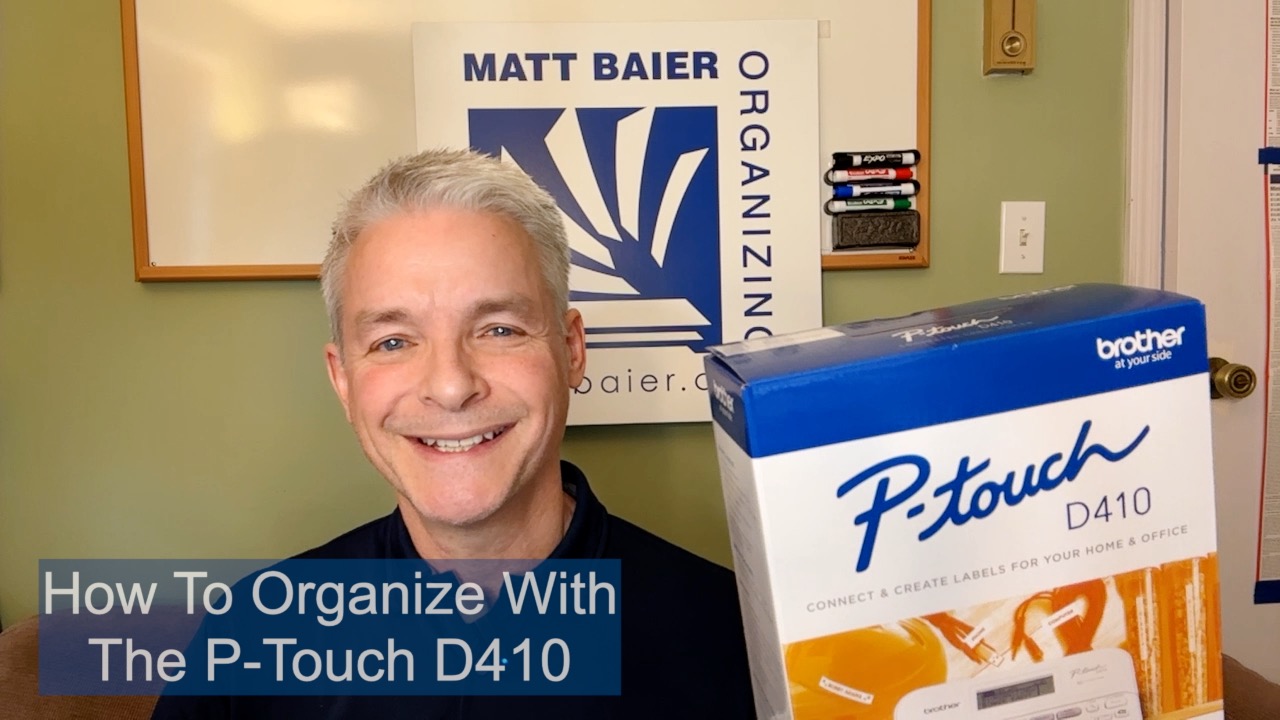Moving is stressful, but doing it in an organized way, can relieve that stress. This starts by breaking the moving process down into the major stages. In this series, I already talked about first assembling the right team, how to declutter the excess, and staging your home to sell. We’re now up to moving day. We’ll start with a few things to do in advance of moving day.
1. create a moving binder
You will be moving your stuff from all over your old home into places all over your new home, so it is important to have all your most vital information related to moving day in ONE place. This binder should definitely include the floor plans (mentioned in my decluttering blog), information on local utilities, and an inventory of all your items. My colleague Ann Zanon has a terrific video on creating a moving binder, with additional items you might want to include.
2. secure utilities in advance
Don’t wait until you move in, to contact your new utilities. You’ll find yourself wanting your phone, electric, and cable services immediately, so make sure they are in place or scheduled for installation on day one.
3. color code by room
Whether you or movers are packing the boxes, the more you take control of the packing system, the easier the unpacking will be. I like color coding by room. Take advantage of the wide variety of colors that Post-its is offering these days and reinforce with clear packing tape. Accurate labeling makes next stages easier for you, but you will probably have to work fast. So don’t get overly detailed and work out abbreviations. For example, just write CK WR (cooking ware), OFC SPL (office supplies), or BKS (books). Never write MISC.
4. disassemble wide furniture
I learned this one the hard way. If you have assembled a piece of furniture in your home, that won’t fit through a door, disassemble it before moving day. I rushed through it on moving day and broke my desk. There’s no time on moving day. It’s go, go, go!
5. separate first day items
You might want to pack a suitcase with a couple days worth of clothing and toiletries, as if you are traveling, in case you don’t have time to unpack all your clothes and bathroom items. Also, use clear boxes for other items you will need immediately and the next morning. This might include paper towels, toilet paper, coffee maker and toaster. Because they are clear, they can be separated from the cardboard moving boxes and you can clearly see what is most urgent.
6. facilitate movers (even if that’s you)
Moving is hard, stressful work. If you are doing it yourself, free yourself of other obligations and take care of yourself. Hydrate frequently, don’t forget to eat, and rest as needed. If you use professional movers, don’t forget what a long, hard day they are having, even if they aren’t doing everything exactly the way you want. Show them the bathroom, leave plenty of bottled water in the refrigerator, and buy them pizza or something easy.
7. secure pets
Another way to make things easier for the movers and safe for your pets is to keep your pets contained in a room, friend’s home, or a cage if necessary. The last thing you need on your stressful moving day is a confused loved one getting out of the house and into trouble.
8. dedicate a “command central”
In the new home, designate ONE area to collect your moving binder, telephone, keys, and all other items required to keep moving day running smoothly. It’s rare that a spot in the kitchen doesn’t make the most sense for a command central.
9. room for processing and exiting
Moving is exhausting, so don’t be overly ambitious with the unpacking. It will take a while, but zones for this process should happen on the day one. The dining room often makes sense as a processing area, for three reasons:
- It is one of the least vital rooms, so it’s contents can wait.
- It tends to be next to the kitchen which has the most built in storage space in the house
- There is a big table to facilitate processing.
The garage can also be a good processing area, but it is definitely a good area to establish an exit zone for moving boxes and all other excess items, so it’s important not to overload the garage.
Unpacking and settling in will be the subject of my next blog, so we will look more at processing then.
Please Share With Your Community
















